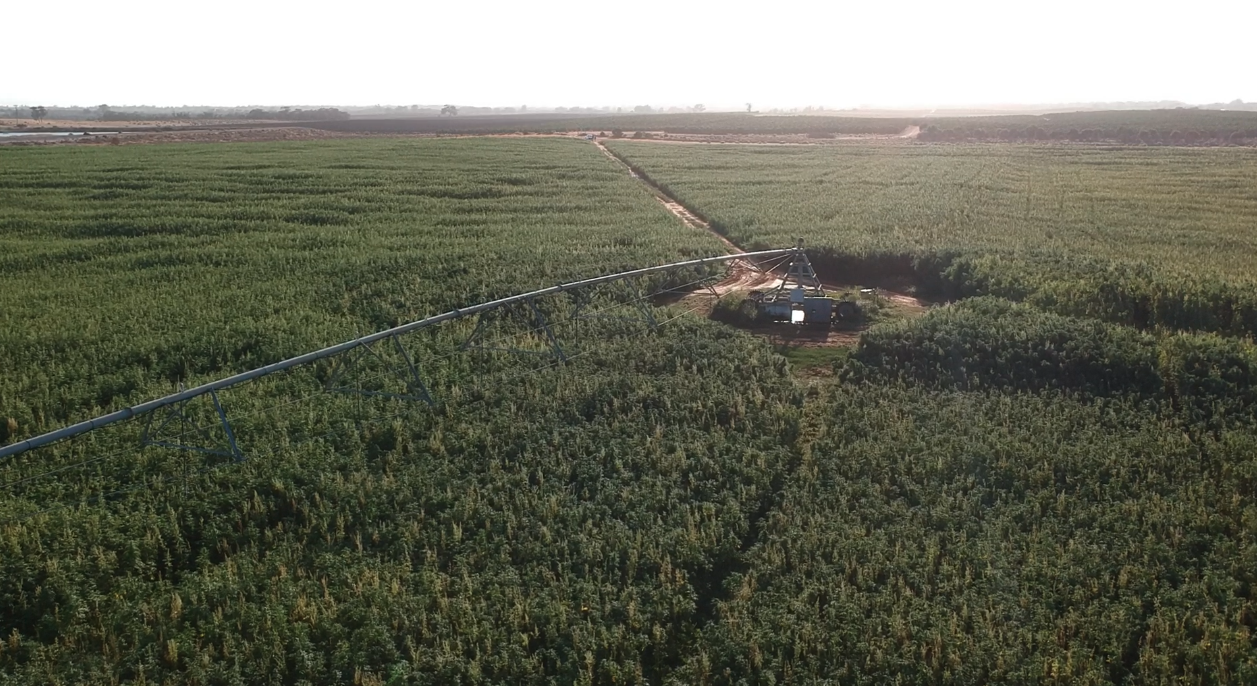Hemp, a sustainable wonder crop expected to bring wealth and opportunity to Australian farmers
Targeted use of biological pesticides, herbicides and fungicides; and organic and microbial fertilisers to facilitate economic, environmental and social sustainability outcomes.
Wandarra is building Australia’s largest hemp cultivation and production facility in Northern Queensland. Hemp is not marijuana; it is a near-forgotten strain of the cannabis plant without narcotic potency.
One of the many celebrated uses of industrial hemp is as a broad acre rotational crop. It brings substantial soil health benefits. The roots give nitrogen and other nutrients to the soil; after harvest, the soil makes excellent compost. Its deep roots use ground water, and topsoil erosion is limited, reducing water pollution. Hemp’s rapid growth (growing to four metres in 100 days) makes it one of the fastest CO2-to-biomass conversion tools, more efficient than agro-forestry. It is also more efficient at sequestering atmospheric carbon than any other known crop.
The global market for hemp consists of more than 25,000 products in nine submarkets: agriculture, food and beverages, textiles, recycling, automotive, furniture, paper, construction materials, and personal care. It is predicted to grow to USD$26.6 billion by 2025.
Wandarra is positioned to capitalise on this growth and bring considerable economic, environmental, and social sustainability outcomes to Queensland.
The regional infrastructure of the agricultural and food manufacturing sectors will be enhanced, bringing increased productivity, profit margins, and a better bottom line for agrarian enterprises. Jobs will be created on farms, and in manufacturing and agricultural support industries. And, as Barrier Reef Regulations do not allow cane farmers to leave their land fallow, hemp’s 100-day growing cycle, and ease of cultivation and harvest provide a cash crop alternative.
Wandarra’s leadership team bring experience from successful hemp production in Canada. However, it has brought Australian smarts to the venture here, partnering with research facilities such as CSIRO and the Queensland Government Department of Agriculture and Fisheries, along with FIAL, to ensure local success.
It is working closely with councils and farmers in Northern Queensland. Beta crop trials in the region have begun, with 30,000 hectares of production targeted through internal land purchases, council land allocations, and co-op farming contracts. The whole of the plant will be used, with hub and satellite manufacturing facilities for food, fibre, and medicinal extraction and production. The Townsville Hub will be the final product and export centre.
